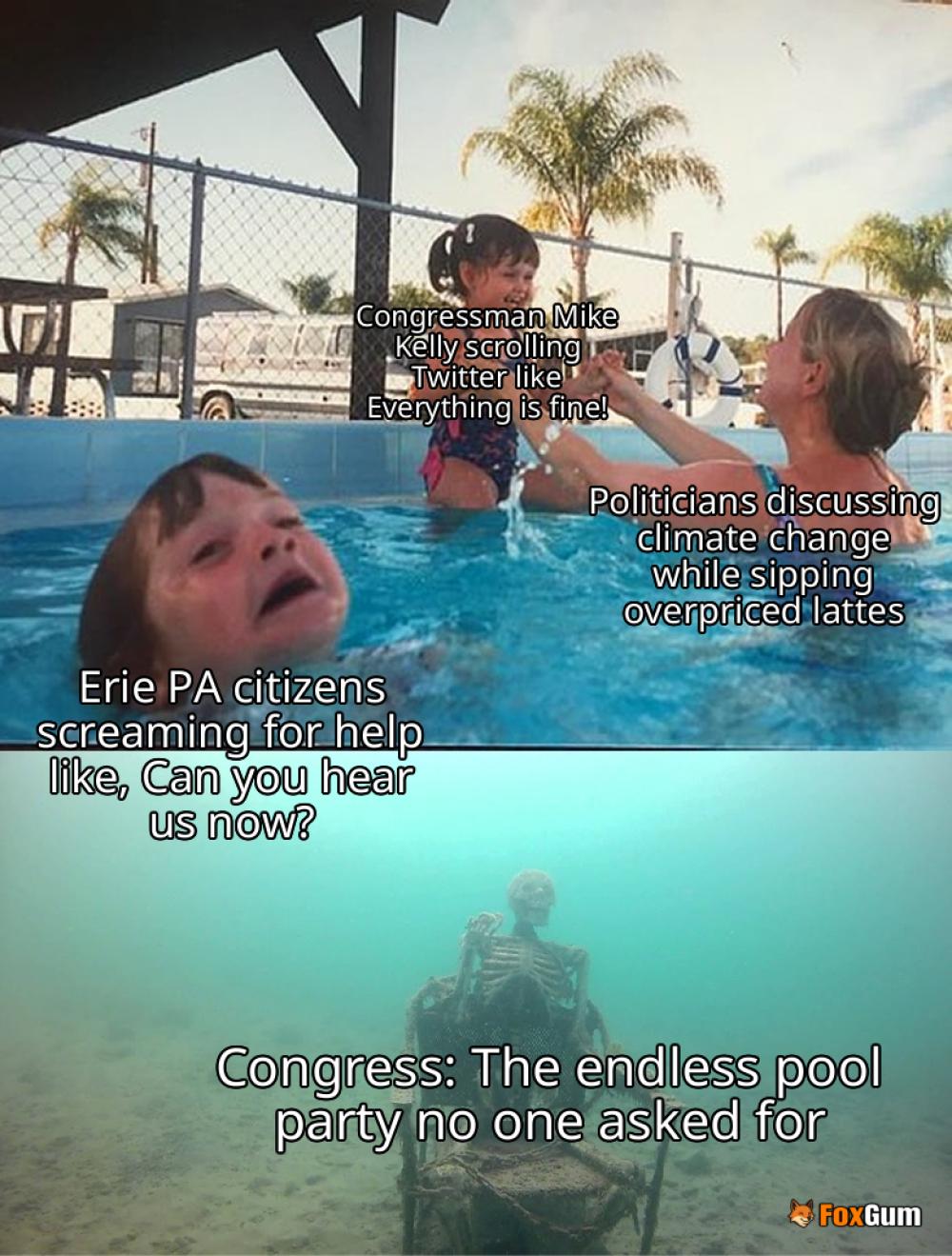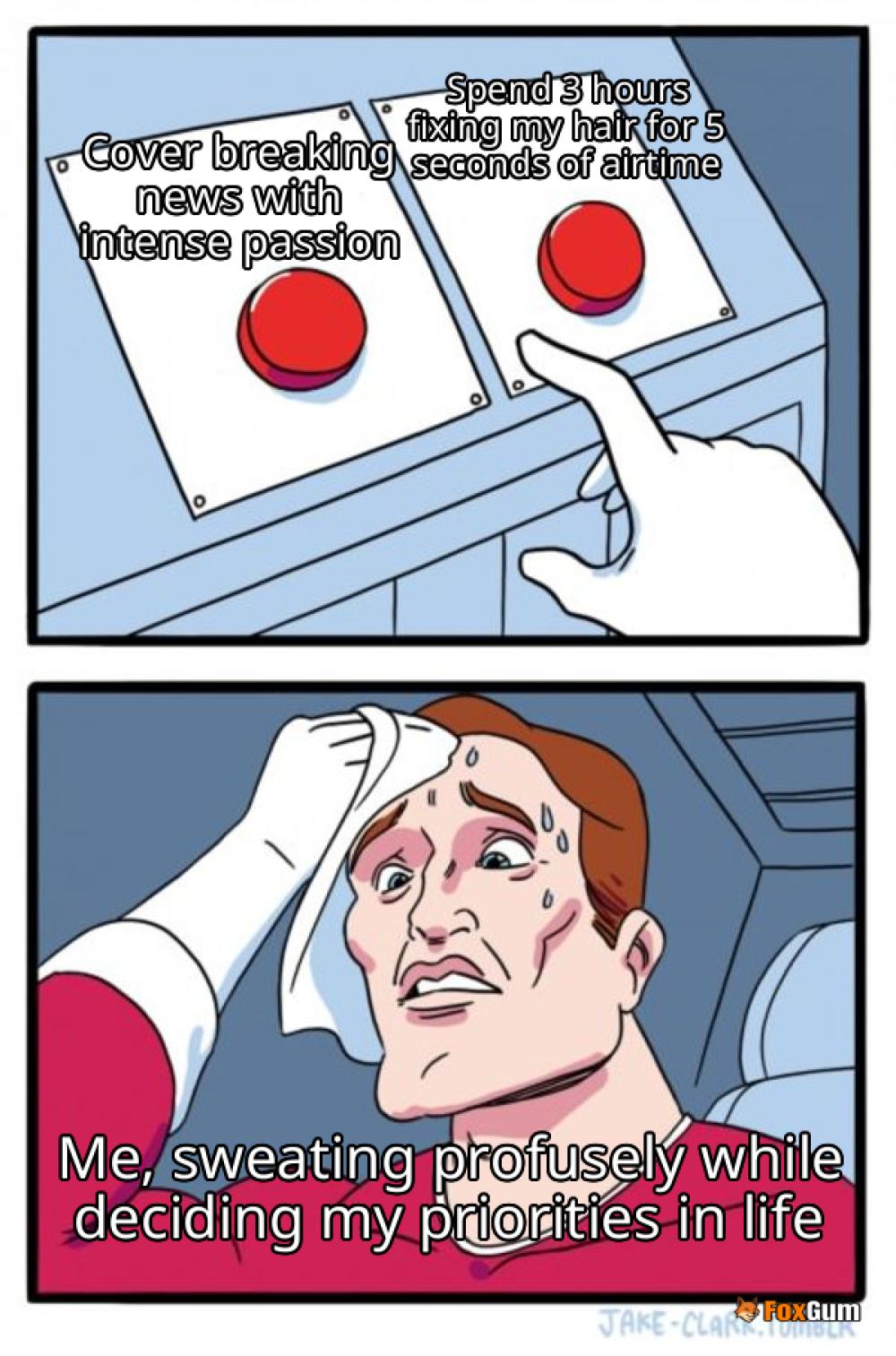
Traffic Stops Gone Wrong
Introduction
Traffic stops are a routine part of law enforcement, but they can sometimes escalate into dangerous situations. Understanding the dynamics of these encounters is essential for both drivers and police officers. This article explores some notable incidents where traffic stops went wrong, highlighting the factors that contributed to these outcomes and offering insights into how such situations can be better managed.
Common Factors in Traffic Stops Gone Wrong
Several elements can lead to a traffic stop escalating into a problematic situation. Recognizing these factors can help both drivers and law enforcement navigate these encounters more safely.
- Communication Breakdown: Misunderstandings can arise from unclear communication between officers and drivers. This can lead to heightened tensions and confusion.
- Behavioral Responses: The reactions of both the officer and the driver play a significant role. Stress, fear, or aggression can exacerbate the situation.
- Environmental Factors: The location of the stop can impact safety. Stops in isolated or high-crime areas may increase the likelihood of negative outcomes.
- Previous Encounters: A driver’s past experiences with law enforcement can influence their behavior during a stop. Negative past encounters may lead to distrust or anxiety.
Notable Incidents
Several incidents have gained attention due to their severity and the lessons they impart. Here are a few examples:
- Houston Traffic Stop (August 2021): Body camera footage from the Houston Police Department captured a tense encounter during a routine traffic stop. The situation escalated quickly, resulting in a chaotic scene that raised questions about police protocols and officer training.
- Troy, Missouri Incident (July 2021): A couple in Lincoln County experienced an aggressive traffic stop that was documented on body camera. The footage revealed a confrontation that could have been avoided with better communication and de-escalation techniques.
- Monongah, West Virginia (August 2021): An officer threatened a woman during a traffic stop, which sparked outrage on social media. This incident highlighted the potential for excessive force and the need for accountability in law enforcement.
Best Practices for Drivers
To minimize the risk of a traffic stop going wrong, drivers should consider the following best practices:
- Stay Calm: Maintaining composure can help de-escalate a tense situation. Take deep breaths and avoid sudden movements.
- Follow Instructions: Comply with the officer’s requests, such as providing identification and registration. Clear communication can help reduce misunderstandings.
- Be Respectful: Treating the officer with respect can foster a more positive interaction. Avoid confrontational language or behavior.
- Know Your Rights: Understanding your rights during a traffic stop can empower you. If you feel uncomfortable, it’s acceptable to ask questions or request clarification.
Best Practices for Law Enforcement
Law enforcement agencies can also take steps to improve the safety and effectiveness of traffic stops:
- Training in De-escalation: Officers should receive ongoing training in communication and de-escalation techniques to handle tense situations effectively.
- Community Engagement: Building trust within the community can lead to more positive interactions during traffic stops. Engaging with community members can foster understanding and cooperation.
- Use of Body Cameras: Implementing body cameras can provide transparency and accountability, helping to protect both officers and civilians during traffic stops.
- Review and Reflect: Regularly reviewing traffic stop incidents can help agencies identify patterns and improve protocols to prevent future escalations.
Conclusion
Traffic stops are an essential function of law enforcement, but they can lead to dangerous situations if not handled properly. By understanding the common factors that contribute to escalations and implementing best practices for both drivers and officers, the safety of all parties involved can be improved. Ongoing dialogue and training are crucial for fostering a more positive relationship between law enforcement and the communities they serve.

















 Globalization and Its Discontents
Globalization and Its Discontents 
 Health
Health  Fitness
Fitness  Lifestyle
Lifestyle  Tech
Tech  Travel
Travel  Food
Food  Education
Education  Parenting
Parenting  Career & Work
Career & Work  Hobbies
Hobbies  Wellness
Wellness  Beauty
Beauty  Cars
Cars  Art
Art  Science
Science  Culture
Culture  Books
Books  Music
Music  Movies
Movies  Gaming
Gaming  Sports
Sports  Nature
Nature  Home & Garden
Home & Garden  Business & Finance
Business & Finance  Relationships
Relationships  Pets
Pets  Shopping
Shopping  Mindset & Inspiration
Mindset & Inspiration  Environment
Environment  Gadgets
Gadgets  Politics
Politics 